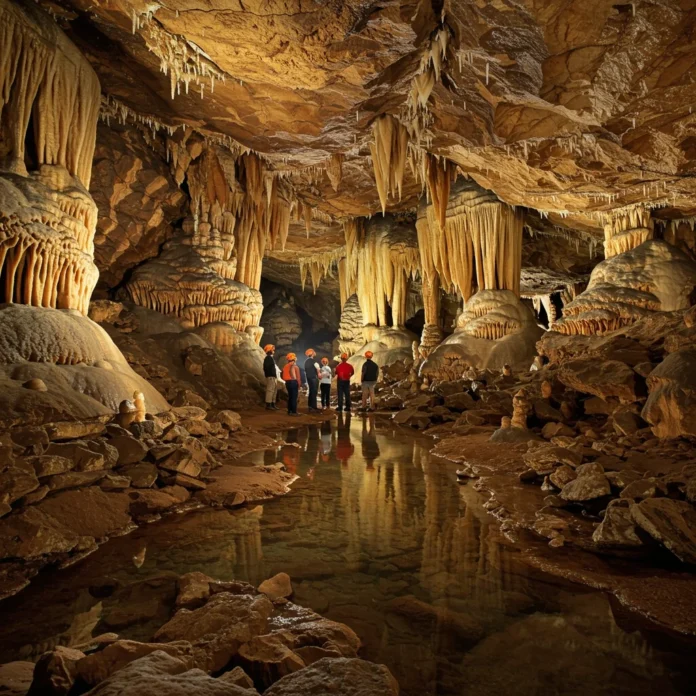Why Should You Explore Puerto Rico’s Caves?
Puerto Rico’s caves offer more than just geological intrigue—they invite us to experience a world few have witnessed first-hand. These underground wonders reveal the island’s natural artistry, from ancient petroglyphs to vast limestone chambers echoing with stories. For those seeking both adventure and a deeper connection to nature, Puerto Rico’s caves provide a setting where history, geology, and biodiversity converge in unforgettable ways.
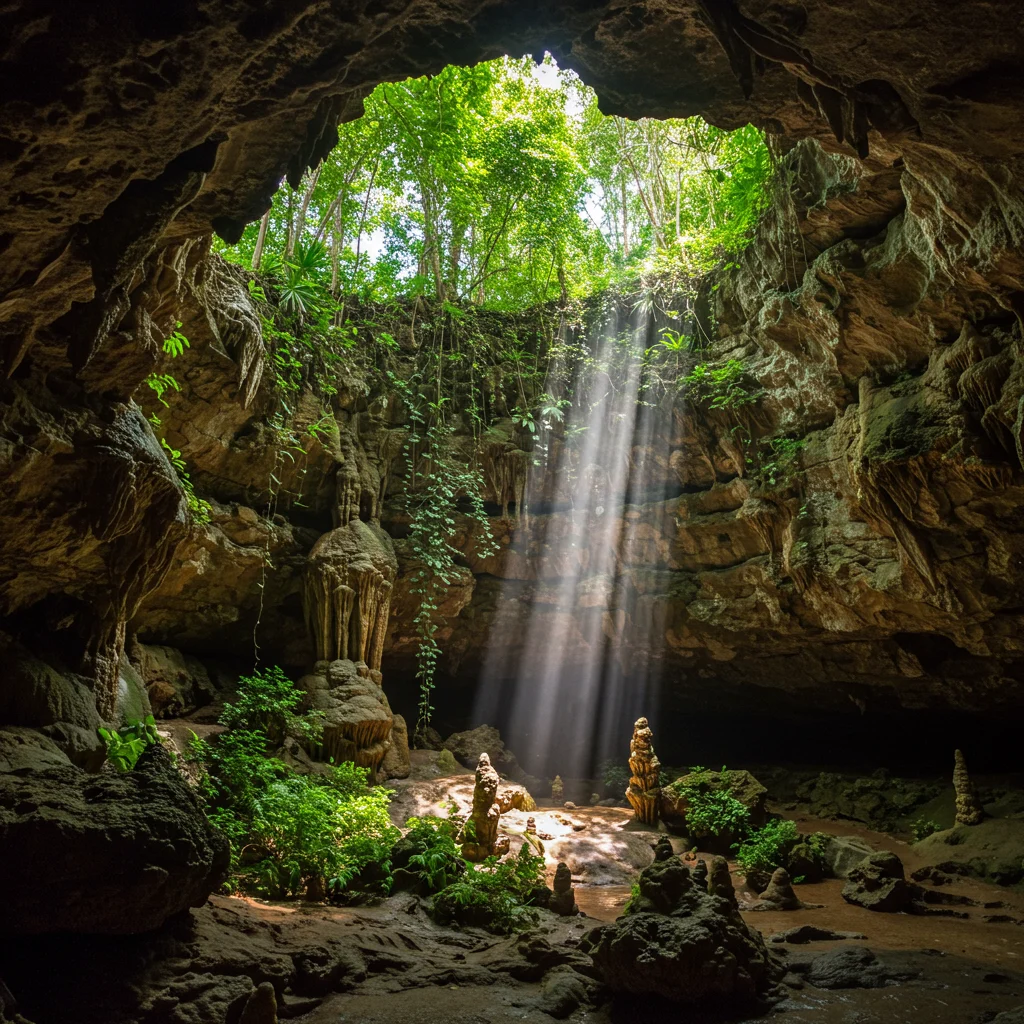
Each cave delivers a new perspective, whether it is the rush of cool subterranean air, the sound of dripping water, or the striking sight of sunlight filtering through a hidden opening. Exploring these spaces gives us the chance to witness Puerto Rico’s rich heritage and remarkable ecosystems up close.
What Makes Puerto Rico’s Caves Unique?
The caves found in Puerto Rico are not only diverse in their geological origins but also in their cultural and ecological significance. These underground spaces often house rare species, unique mineral formations, and artifacts from the island’s earliest inhabitants. The juxtaposition of ancient art with stunning natural features makes these caves a treasure trove for explorers and researchers alike.

Unlike many other destinations, Puerto Rico’s caves are accessible to both beginners and seasoned spelunkers, offering guided tours and self-guided adventures. The tropical climate and karst landscape create a distinctive backdrop for exploration, making every visit memorable.
A Brief History of Cave Exploration in Puerto Rico
Cave exploration in Puerto Rico dates back centuries, with indigenous Taino people utilizing these spaces for ceremonial and artistic purposes. Modern exploration began in earnest in the twentieth century, as scientists and adventurers mapped previously uncharted passageways.
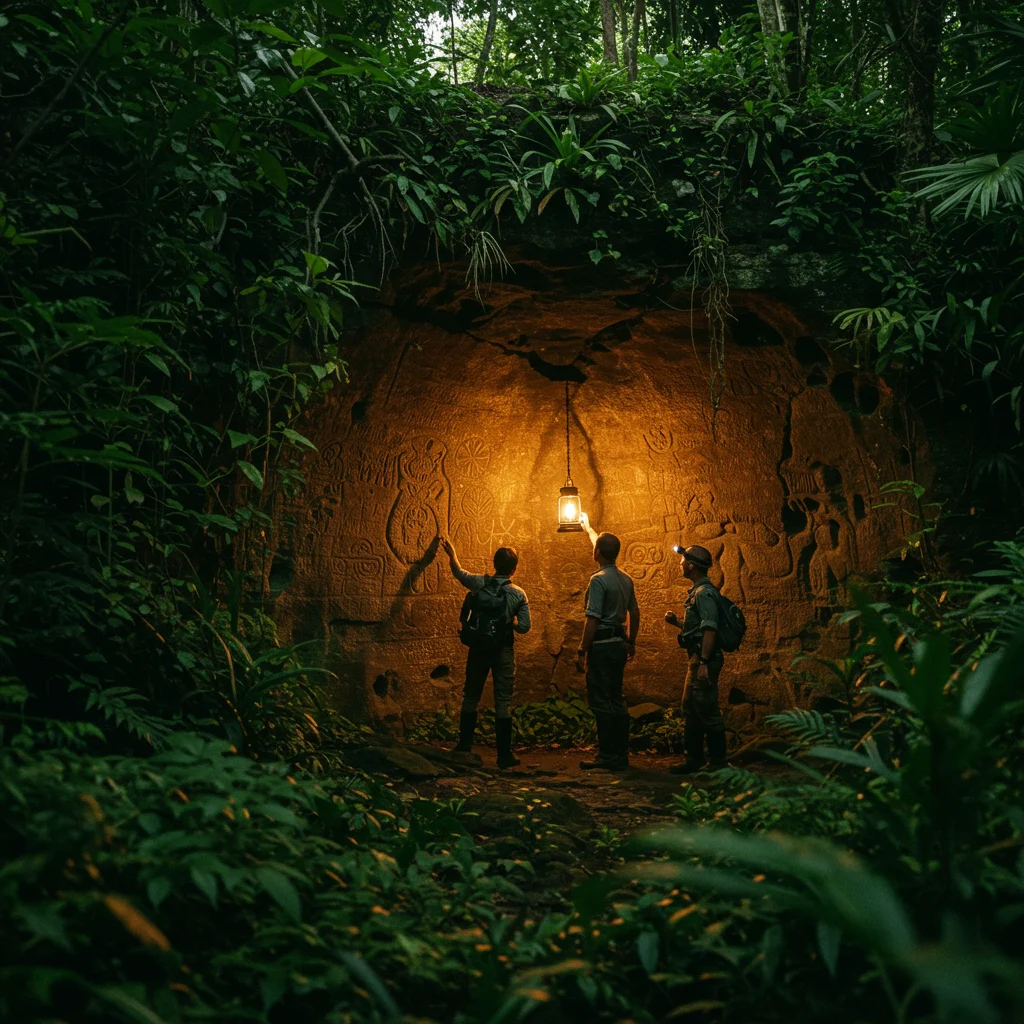
Over time, local and international researchers have uncovered significant archaeological and ecological discoveries, cementing the island’s reputation as a prime destination for cave studies. Today, many of these caves are protected, balancing access with conservation.
What Types of Caves Can You Find in Puerto Rico?
Puerto Rico’s geology gives rise to a variety of cave types, each shaped by different natural forces. From water-carved limestone caverns to rare volcanic tubes, the island’s caves offer something for every enthusiast.

Karst Caves: Puerto Rico’s Geological Marvels
Karst caves dominate Puerto Rico’s northern and western regions, formed over millennia by the dissolution of limestone. These caves, often featuring dramatic stalactites and stalagmites, create vast underground networks and impressive chambers.
Sea Caves: Sculpted by the Ocean
Along the coastline, sea caves have been carved by relentless waves and tides. These marine formations often open directly onto secluded beaches or dramatic cliffs, with echoing chambers filled with the scent of salt air and the sound of crashing surf.
Lava Tubes: Rare Volcanic Formations
Though rare on the island, lava tubes offer a glimpse into Puerto Rico’s volcanic history. These tunnels, formed by flowing lava, are less common but add to the diversity and intrigue of the island’s subterranean landscapes.
Which Caves Should Be on Your Puerto Rico Itinerary?
With dozens of caves to choose from, selecting the highlights can be challenging. We recommend a mix of iconic destinations and lesser-known spots to capture the full spectrum of Puerto Rico’s cave experiences.

Cueva Ventana: The Window Cave
Cueva Ventana is famed for its breathtaking view over the Río Grande de Arecibo valley, framed by a natural window at the cave’s edge. The hike to the entrance is surrounded by lush vegetation, and the payoff is a panoramic vista that feels almost otherworldly.
How to Get to Cueva Ventana
The cave is conveniently located off PR-10 near Arecibo. Visitors can park at a designated lot and follow a marked trail to the entrance. Local guides are available and recommended for safety and to enrich the experience with fascinating insights. For a step-by-step visit plan, our guide to Cueva Ventana covers everything you need to know.
What to Expect at Cueva Ventana
Inside, you will find cool, humid air and echoes that amplify every footstep. The cave is home to bats and native insects, and the final chamber opens onto the spectacular “window.” Bring a flashlight and sturdy shoes, as the terrain can be slippery.
Cueva del Indio: Ancient Petroglyphs Await
Cueva del Indio is renowned for its Taino petroglyphs etched into limestone walls. The cave sits at the edge of the Atlantic, where dramatic rock arches and crashing waves create a setting rich in atmosphere and history.
History and Significance of Cueva del Indio
Archaeologists have traced the petroglyphs here to the pre-Columbian era, making the cave a vital link to Puerto Rico’s indigenous heritage. The site is protected, and visitors are encouraged to respect the fragile carvings. For those interested in a deeper dive, our post about adventures at Cueva del Indio offers more details.
Best Times to Visit Cueva del Indio
Early morning or late afternoon offers the best light for viewing petroglyphs and photographing the dramatic coastline. Avoid high tide, as some passages may become inaccessible.
Rio Camuy Cave Park: One of the Largest Cave Systems
The Rio Camuy Cave Park is one of the world’s largest cave systems, offering guided tours through vast chambers and along an underground river. The park is a favorite for families and serious explorers alike.
Highlights of Rio Camuy Cave Park
Major highlights include the Cueva Clara entrance, the impressive Camuy River sinkhole, and lush tropical vegetation surrounding the site. The park’s infrastructure makes it accessible to a wide range of visitors.
Guided Tours at Rio Camuy
Official park guides offer informative tours covering geology, history, and local folklore. Helmets and lighting are provided, and tours are available in both English and Spanish. Advance reservations are recommended during peak season.
Cueva Clara: The Main Attraction
Cueva Clara’s massive dome and soaring ceilings create a cathedral-like atmosphere. The acoustics and natural formations here are particularly memorable, offering a sense of awe with every step.
Cueva Las Golondrinas: The Swallow Cave
Named for the swallows that nest within, Cueva Las Golondrinas is a sea cave known for its dramatic entrance and the interplay of light and shadow inside. The sound of birds and the scent of saltwater create a truly immersive experience.
Exploring Cueva Las Golondrinas Safely
Accessing this cave requires caution, especially during rough seas. We recommend checking tide schedules and wearing appropriate footwear. Guided tours are available for those seeking extra security and information.
Cueva del Viento: The Cave of the Wind
Located in the karst region, Cueva del Viento is famous for its wind currents and unique acoustics. The cave’s twisting passages and cool drafts create a sense of adventure at every turn.
Unique Features of Cueva del Viento
Look for intricate mineral formations and evidence of early human use. The cave is less crowded than others, offering a more intimate experience for those willing to make the hike.
What Are Puerto Rico’s Hidden Gem Caves?
While the major caves attract most visitors, several lesser-known spots offer solitude and a sense of discovery. These hidden gems often require local knowledge or a spirit of adventure to find.

Cueva Arenales: Off-the-Beaten-Path Adventure
Cueva Arenales rewards explorers with underground rivers and a labyrinth of passages. The cave is especially popular among those seeking a challenge and a break from crowded sites.
Cueva Sorbetos: For the Adventurous Explorer
This challenging cave system features narrow crawls and dramatic rock formations. Proper gear and experience are essential, making it a favorite among seasoned cavers.
Cueva Honda: Exploring the Depths
Cueva Honda descends deep into the earth, offering an intense experience for those comfortable with darkness and tight spaces. The sense of silence and isolation here is profound.
Cueva Yuyu: Local Legends and Mysteries
According to folklore, Cueva Yuyu is home to mysterious echoes and unexplained phenomena. Locals share tales of spirits and ancient rituals, adding a layer of intrigue to every visit.
For more inspiration on lesser-visited sites, we share some surprising finds in our article on unexpected delights on your next Puerto Rico cave adventure.
How Do Caves Connect to Puerto Rico’s Indigenous Heritage?
The caves of Puerto Rico hold a special place in the island’s indigenous history. For the Taino and earlier peoples, these spaces were not merely shelters but sacred sites for art, ceremony, and burial.

Taino Petroglyphs: Ancient Art in the Caves
Many caves, including Cueva del Indio, contain Taino petroglyphs—symbols and figures carved into the stone. These artworks offer a glimpse into the beliefs and daily life of Puerto Rico’s earliest inhabitants.
Ceremonial Uses of Caves by Indigenous Peoples
Caves served as ceremonial sites for rituals related to birth, death, and the natural world. Archaeological evidence suggests that some caves were considered gateways to the spirit world.
Archaeological Discoveries in Puerto Rico’s Caves
Ongoing excavations continue to uncover tools, pottery, and even human remains, deepening our understanding of pre-Columbian life on the island.
What Wildlife and Ecosystems Thrive Inside Puerto Rico’s Caves?
Puerto Rico’s caves support a range of unique and often fragile ecosystems. These environments provide refuge for rare species and showcase the interconnectedness of life above and below ground.

Bats: The Cave Dwellers
Bats are the most visible cave inhabitants, with several species playing essential roles in pollination and insect control. Their nightly flights are a highlight for many visitors.
Unique Cave-Dwelling Species
Other residents include blind spiders, albino crabs, and specialized insects. Many of these species have evolved to survive in total darkness, making them fascinating subjects for biologists.
Conservation Efforts for Cave Ecosystems
Local organizations and researchers monitor cave health and educate the public about the importance of preserving these habitats. Responsible tourism helps minimize human impact on these delicate systems.
How Should You Prepare for a Cave Adventure in Puerto Rico?
Preparation is key to a safe and enjoyable cave experience. From choosing the right gear to understanding safety protocols, a little planning goes a long way.
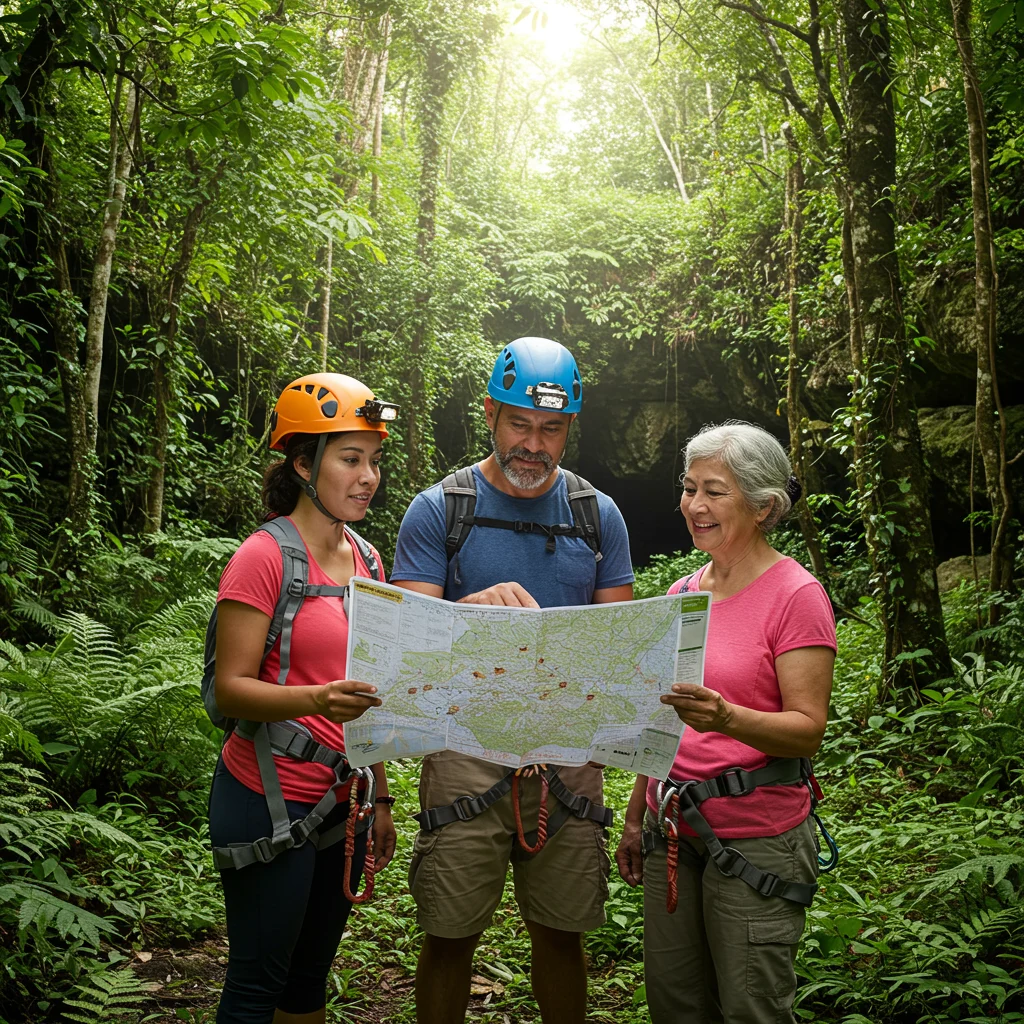
What to Pack for Cave Exploration
We recommend bringing:
- Sturdy, non-slip footwear
- Headlamp or flashlight with extra batteries
- Protective gloves and clothing
- Water and light snacks
- Camera (with protective case)
- Personal first aid kit
Essential Safety Tips for Caving
Always inform someone of your plans, avoid exploring alone, and respect posted warnings. Stay on marked trails, and never touch delicate formations or wildlife. Weather can change quickly, so check forecasts before setting out.
Should You Hire a Guide for Cave Tours?
Guides offer local expertise, safety equipment, and access to restricted areas. For most major caves, guided tours are available and recommended, especially for families or first-time visitors. For those considering a more independent trip, we address safety for solo travelers in our guide to unexpected delights on your next Puerto Rico cave adventure.
When Is the Best Time of Year to Visit Puerto Rico’s Caves?
Timing your visit can significantly affect your experience. While Puerto Rico’s tropical climate makes year-round caving possible, some seasons offer distinct advantages.

Weather Considerations for Cave Visits
The dry season (December to April) is generally the best time, with lower humidity and less rain. Wet conditions can make some caves inaccessible or hazardous due to flooding.
How Does Seasonality Affect Cave Access?
Heavy rains during hurricane season (June to November) may close certain caves or limit access. Always check with local authorities or tour operators before planning a trip during the off-season.
How Do You Reach Puerto Rico’s Most Popular Caves?
Getting to the island’s major caves is straightforward, with several transportation options available to suit different preferences and budgets.

Transportation Options: Car, Bus, or Tour?
Renting a car offers the most flexibility, allowing visitors to reach remote sites at their own pace. Public buses connect major towns but may not reach all cave locations. Many tour companies offer convenient pickup and drop-off services for popular destinations.
Accessibility for Visitors With Limited Mobility
Some caves, such as portions of Rio Camuy Cave Park, are accessible to visitors with mobility challenges, thanks to paved paths and ramps. Always check accessibility details in advance, as terrain can vary widely between sites.
What Should Families Know About Cave Adventures in Puerto Rico?
Cave exploration can be a rewarding family activity, offering excitement and education in equal measure. However, certain precautions help make the experience safe and enjoyable for all ages.
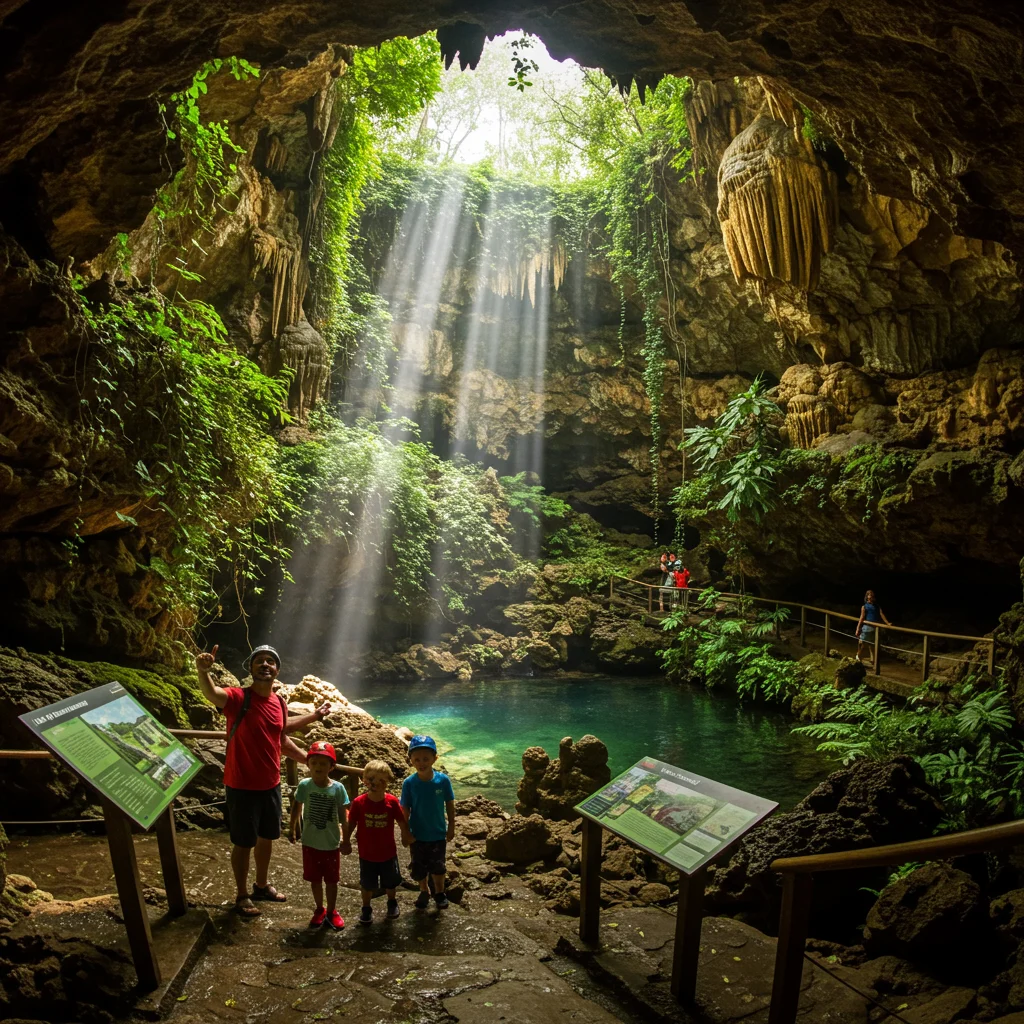
Are Puerto Rico’s Caves Safe for Kids?
Many caves welcome children, provided they are supervised and able to follow safety instructions. Choose guided tours and avoid challenging or hazardous sites with young children.
Best Caves for Families and Beginners
Rio Camuy Cave Park and Cueva Ventana are among the most family-friendly, featuring well-maintained paths and knowledgeable guides. These sites balance adventure with safety and comfort.
How Can You Capture Puerto Rico’s Cave Beauty in Photos?
Photographing caves presents unique challenges due to low light and confined spaces. With the right equipment and techniques, however, you can bring home stunning images of these underground wonders.

What Equipment Do You Need for Cave Photography?
A camera with manual settings and a tripod is ideal for low-light conditions. Wide-angle lenses allow you to capture sweeping vistas, while waterproof cases protect gear from humidity and drips.
How to Photograph Low-Light Cave Environments
Use longer exposures and steady support to capture details without blur. Experiment with headlamps or portable LED lights to illuminate dark corners and highlight interesting textures.
How Can Visitors Respect and Protect Puerto Rico’s Caves?
Preserving the integrity of these natural treasures is a shared responsibility. Visitors can minimize their impact by following established guidelines and supporting conservation efforts.
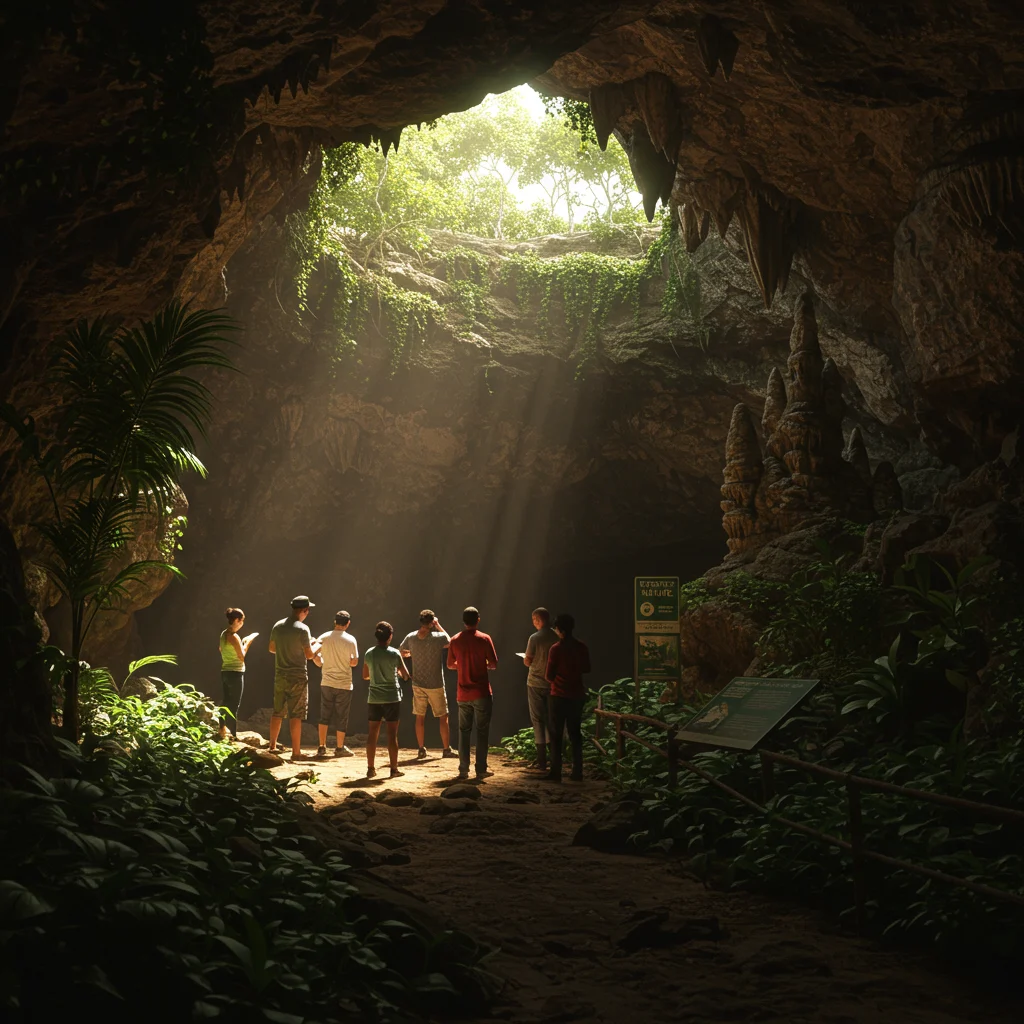
Leave No Trace: Responsible Cave Exploration
Take only photos and leave only footprints. Avoid touching formations, disturbing wildlife, or leaving trash behind. Stick to marked trails to prevent erosion and habitat loss.
How Can Tourists Help With Cave Conservation?
Support organizations dedicated to cave research and protection. Participate in educational programs, and choose tours that prioritize sustainability and local engagement.
As experts often say:
“The best way to preserve our natural wonders is to experience them with respect and share their stories with others.”
What Legal Considerations or Permits Apply to Cave Visits?
Access to some caves in Puerto Rico is regulated to protect sensitive environments and cultural resources. Understanding permit requirements helps ensure a smooth and responsible visit.
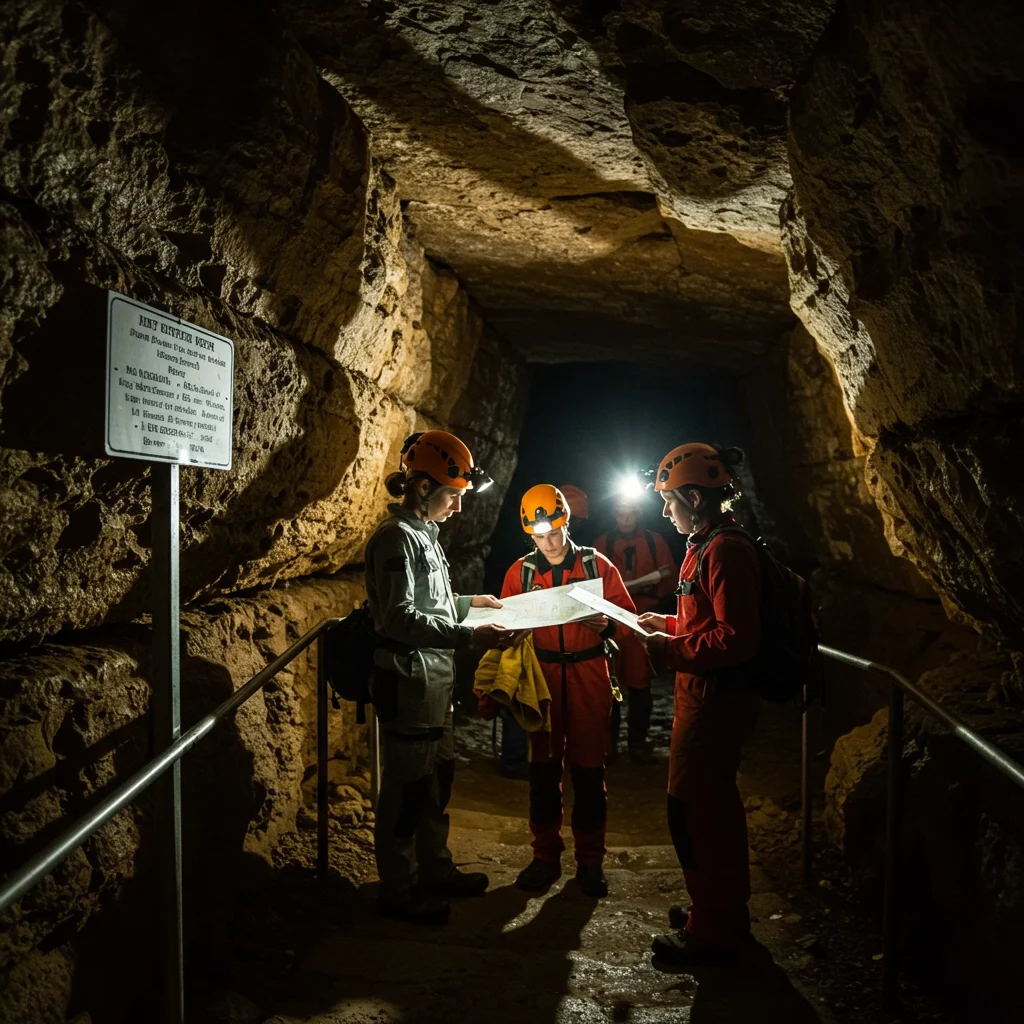
Are All Caves Open to the Public?
Many popular caves are open for public visitation, though hours and access may vary. Some sites, particularly those with archaeological significance, are restricted or require advance permission.
How to Obtain Permits for Restricted Caves
Contact local tourism offices or environmental agencies to inquire about specific permit processes. Guided tours often include necessary permissions as part of their service.
Can You Combine Cave Exploration With Other Puerto Rico Adventures?
Pairing cave visits with other local attractions can create a well-rounded itinerary. Puerto Rico’s natural diversity means waterfalls, forests, and beaches are often just a short drive away.

Nearby Attractions: Waterfalls, Forests, and More
Many cave regions are located near El Yunque National Forest, scenic rivers, or coastal parks. This proximity allows for day trips that mix underground exploration with hiking, swimming, or birdwatching.
If you are interested in combining your cave adventure with a visit to Indian Cave, our article on hidden gems at Indian Cave Puerto Rico provides practical suggestions.
Suggested Itineraries for Cave Lovers
We recommend starting with a major cave such as Rio Camuy or Cueva Ventana, then branching out to lesser-known sites. Plan for breaks in nearby towns to sample local cuisine and culture.
What Local Culture and Cuisine Awaits Near Puerto Rico’s Caves?
After a day underground, visitors can look forward to the island’s vibrant food scene and welcoming communities. Many cave regions host unique festivals and offer delicious regional fare.
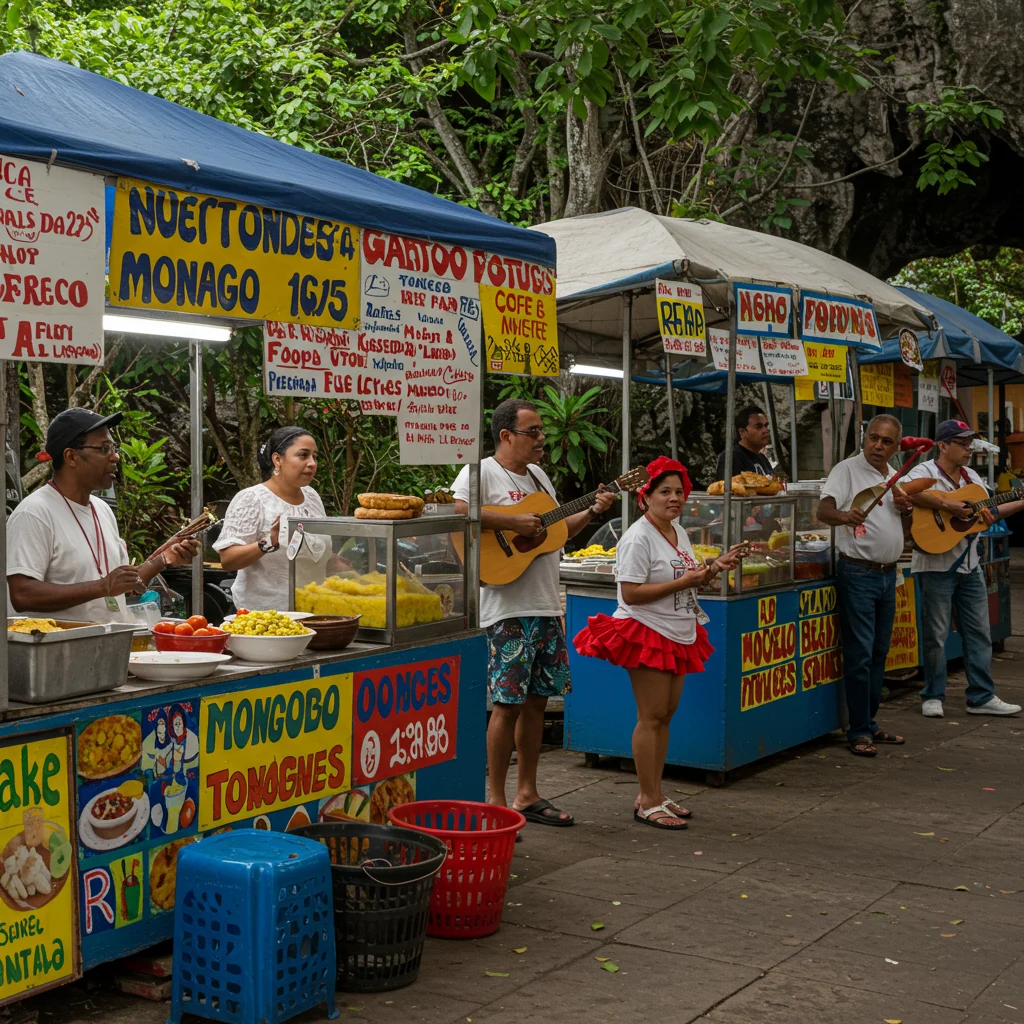
Where to Eat After a Day of Caving
Look for roadside kiosks and family-owned restaurants serving mofongo, fresh seafood, and tropical fruit drinks. Local specialties provide a satisfying end to a day of adventure.
Cultural Festivals and Events in Cave Regions
Throughout the year, nearby towns host festivals celebrating music, art, and local traditions. Participating in these events deepens our appreciation for Puerto Rico’s rich cultural tapestry.
How Is Tourism in Puerto Rico’s Cave Regions Becoming More Sustainable?
Sustainable tourism practices help protect caves and benefit local communities. Eco-friendly operators and responsible travelers play a vital role in maintaining the balance between access and preservation.

Eco-Friendly Tour Operators: Who to Choose?
Choose tour companies that prioritize environmental stewardship, limit group sizes, and educate visitors about conservation. Look for certifications or partnerships with local and international conservation groups.
Supporting Local Communities Through Cave Tourism
Purchase crafts, food, and services from local vendors. Engaging with community-based initiatives helps distribute the benefits of tourism and encourages long-term protection of natural resources.
Frequently Asked Questions About Puerto Rico Caves
We answer some of the most common questions from first-time visitors and seasoned explorers alike.

Are Caves in Puerto Rico Safe for Solo Travelers?
With proper preparation and adherence to safety guidelines, solo travelers can enjoy many of Puerto Rico’s caves. However, we recommend joining guided tours for more remote or challenging sites.
What Should First-Time Cave Explorers Know?
Start with accessible caves, follow all safety protocols, and don’t hesitate to ask guides for advice. Respect both the natural environment and cultural artifacts you encounter along the way.
Your Next Cave Adventure Awaits in Puerto Rico
Puerto Rico’s caves offer unforgettable experiences at every turn, from ancient art to awe-inspiring geology and vibrant ecosystems. Whether you are seeking family-friendly excursions or off-the-beaten-path adventures, these underground wonders promise memories that last a lifetime.
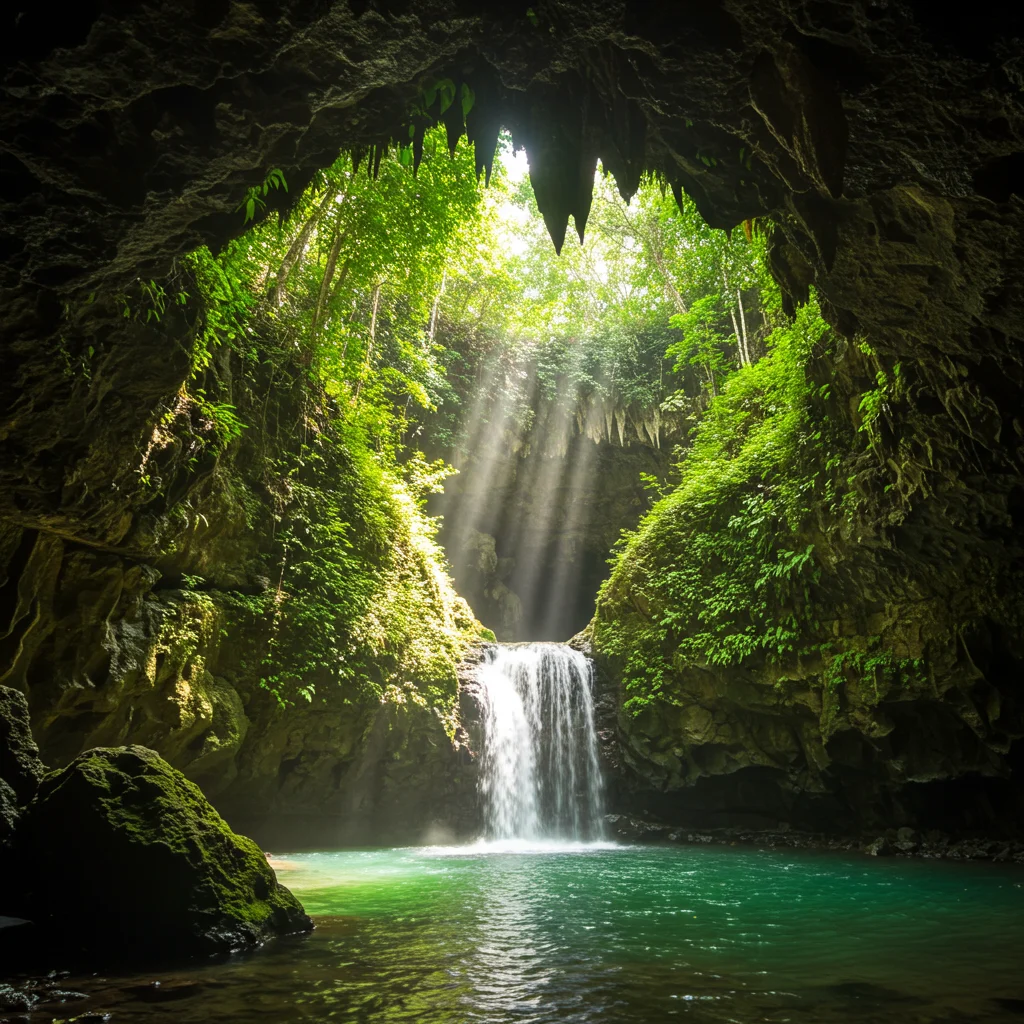
For expert-guided tours, practical advice, and insider tips, we recommend exploring the resources at Puerto Rico Tour. Let your next journey beneath the surface reveal the island’s hidden beauty and enduring spirit.















